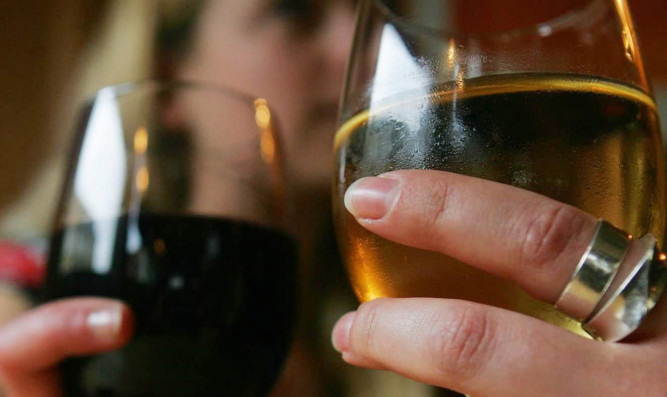Scotland has the highest proportion of binge drinkers in the UK – but also a relatively high number of teetotallers, official figures show.
Over a third (36%) of people in Scotland reported that they drank more than eight units of alcohol in a heavy drinking day in the week before a study by Office for National Statistics (ONS) researchers.
This compares with less than a quarter in the south of England, the Midlands and Wales.
North East England has a similar proportion of binge drinkers to Scotland, followed by North West England (32%) and Yorkshire and the Humber (30%).
But Scotland also has one of the highest proportions of adults who say they do not drink at all (21%), behind London (32%), the West Midlands (25%) and Wales (22%).
ONS said: “Young adults are commonly associated with binge drinking in the media. However, the latest data about their relationship with alcohol might surprise you, as might the location of the teetotal capital of Great Britain.
“More than one in five adults in Great Britain in 2013 said they were teetotal. The proportion of teetotal young adults (those aged 16 to 24) increased by over 40% between 2005 and 2013.
“The proportion of adults who binged at least once in the previous week decreased from 18% in 2005 to 15% in 2013. This is because the proportion of young adults binge drinking fell by more than a third since 2005, from 29% to 18%.
“In 2013 only one in 50 young adults were frequent drinkers, drinking on five or more days in the week before interview, a fall of more than two-thirds since 2005.
“Almost a third of adults in London (32%) said that they do not drink alcohol at all. This was considerably higher than any other region of Great Britain.
“Around a third of adults in Scotland and the north of England, who drank in the previous week, had binged at least once, compared with less than a quarter of those in other parts of Great Britain.
“In line with the Government’s Alcohol Strategy, binge drinking refers to men who reported drinking more than eight units of alcohol on their heaviest drinking day in the week before interview, and women who drank more than six units.”
